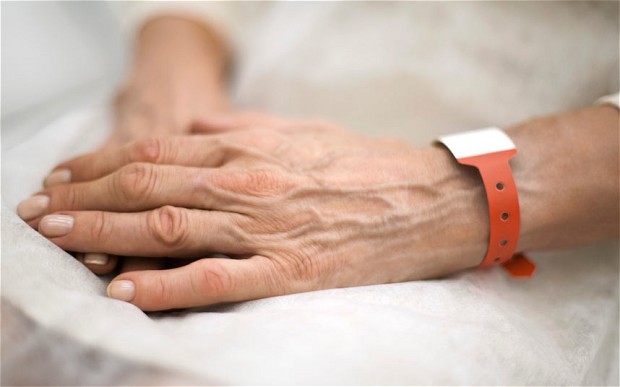Cardiopulmonary resuscitation (CPR) is a lifesaving technique developed in the 1960s for emergencies such as a heart attack or near drowning when a person’s breathing or heartbeat has stopped. Even non-medical people can be trained in basic CPR. However, not every person can be saved with CPR and some who do survive can have some brain damage.
In the early 1970s when I was a young ICU nurse, patients who appeared to be dying or their families could agree to a “do not resuscitate” (DNR) order.
But the 1991 Patient Self-Determination Act, along with the so-called “right to die” cases like Nancy Cruzan and Karen Quinlan, resulted in the widespread use of DNR orders in hospitals.
So now after years of concern with rising health care costs, older people worried about becoming a “burden” to their adult children, and the push for people to sign “living wills” to refuse certain treatments if they become incapacitated, it should not be a surprise that a growing number of people-including young, healthy people-are getting DNR (do not resuscitate) tattoos.
But what does that mean when an unconscious person is rushed to an emergency room?
Recently, there was a serious discussion of an actual case and a poll on ethics and DNR tattoos in MedPage, a newsletter for health care professionals.
The case involved a patient who arrived in an emergency room and unconscious after suffering a heart attack while jet skiing on vacation. He had ‘Do Not Resuscitate’ tattoo on his chest. There was a signature under the tattoo. However, the ambulance crew called restarted his heart with a defibrillator. The man was stabilized but hours later he has another heart attack.
The poll question and results from the 1580 votes were:
“Do you comply with the DNR tattoo or not?
Yes: 43.04%
No: 56.96%”
I was appalled that 43% would treat a DNR tattoo as the equivalent of a legal document and I agree with the reasoning of the lawyer/doctor reviewing this case who wrote that “the legally correct course of action would be to temporarily ignore the tattoo unless and until evidence that the tattoo reflects the patient’s current thinking is brought forth.”
Keep up with the latest pro-life news and information on Twitter. Follow @LifeNewsHQ
PROBLEMS WITH DNR ORDERS
Unfortunately in hospital situations, DNR orders are sometimes misinterpreted as not wanting to live or “do not treat” when the person had assumed it would apply only in extreme circumstances.
For example, a new nurse was taking care of a young girl with mental retardation who was eating when she suddenly started choking. The new nurse ran to her head nurse in a panic and was told that, because the parents agreed to a DNR order, the nurses could only just hold her hand!
Obviously, relieving the choking by removing the food should have been done.
CONCLUSION
The results of not understanding DNR orders can be tragic but too many people-including medical professionals-don’t realize the legal and ethical ramifications.
Personally, I chose to make a durable power of attorney for health care naming my husband as the decision maker if I could not speak for myself rather than a “living will” or other advance directive with various treatments to check off if I can’t speak for myself.
I want all the options, risks and benefits of treatments fully explained to my decision maker based on my current condition so that he make an informed decision. This would include the use of a DNR if or when I am dying.
What we all desperately need now is more awareness and common sense when it comes to asking for or allowing a “Do Not Resuscitate” order, especially a DNR tattoo.
LifeNews Note: Nancy Valko, a registered nurse from St. Louis, is a spokeswoman for the National Association of Pro Life Nurses.








